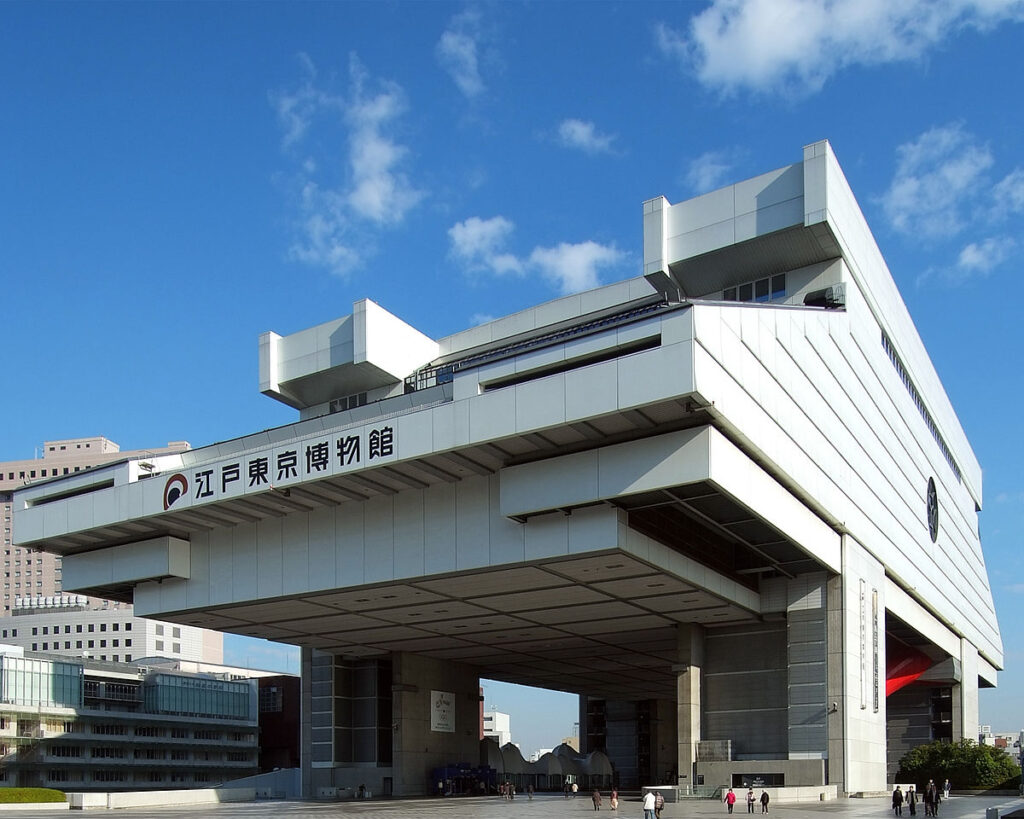Tourist attractions--archive--
-

Sakushima Island (Nishio City, Aichi Prefecture)
Sakushima (Nishio City, Aichi Prefecture) Overview (History, Features, and Attractions) Sakushima is an island in Mikawa Bay, part of Nishio City, Aichi Prefecture. It is a small, remote island with a rich sea and satoyama (rural villages). Originally, the island was a place where people made their living through fishing and salt production, but in recent years, it has become a popular place to relax and enjoy outdoor art scattered throughout the island... -

Fukui Prefectural Dinosaur Museum (Katsuyama City, Fukui Prefecture)
Overview (History, Features, and Attractions) The Fukui Prefectural Dinosaur Museum is one of Japan's leading dinosaur museums, located in Katsuyama City, Fukui Prefecture, a city known for its dinosaur fossils. The museum exhibits dinosaur fossils discovered in the region, such as the Fukuiraptor and Fukuisaurus, as well as specimens and reconstructed skeletons from around the world and the latest research findings. -

Uminonakamichi Seaside Park (Higashi Ward, Fukuoka City, Fukuoka Prefecture)
Overview (History, Features, and Attractions) Uminonakamichi Seaside Park (Higashi Ward, Fukuoka City) is a vast, comprehensive park developed on the sandbar known as "Uminonakamichi," which stretches into Hakata Bay. It offers a balanced mix of nature and leisure facilities, including large flower fields, lawn areas, playgrounds, cycling trails, campgrounds, and beaches. -

Takashima Castle (Suwa City, Nagano Prefecture)
Overview (History, Features, and Attractions) Takashima Castle is a castle site located in Suwa City, Nagano Prefecture. Built on the shores of Lake Suwa, it is also known as "Suwa's Floating Castle." Built in the early Edo period, it served as a political and military base for the Suwa region. The current castle tower base and moat... -

Edo-Tokyo Museum (Sumida Ward, Tokyo)
Overview (History, Features, and Attractions) The Edo-Tokyo Museum, located in Ryogoku, Sumida Ward, Tokyo, is a museum that comprehensively introduces the history and culture of Edo and Tokyo. Opened in 1993, the museum features a distinctive elevated-floor exterior influenced by Metabolist architecture (designed by Kikutake Kiyonori) and a large atrium exhibit... -

Kanazawa Castle (Kanazawa City, Ishikawa Prefecture)
## Overview (History, Features, and Attractions) Kanazawa Castle is a castle ruins and park located in Kanazawa City, Ishikawa Prefecture. As the residence of the Kaga Domain (Maeda clan), it was the political center of Japan throughout the Edo period. It was renovated as a castle by Maeda Toshiie and others at the end of the Sengoku period, and has since undergone numerous fires and renovations. -

Horai Bridge (Shimada City, Shizuoka Prefecture).
Overview (History, Features, and Attractions) Horai Bridge is a wooden pedestrian bridge spanning the Oi River in Shimada City, Shizuoka Prefecture. It is approximately 897 meters long and 2.7 meters wide. Built in 1879 (Meiji 12), it has since been deeply involved in the region's transportation and daily life. This long wooden bridge... -

Zuiganji Temple (Matsushima Town, Miyagi Prefecture)
Overview (History, Features, and Attractions) Zuiganji Temple is a representative Zen temple in Matsushima, Miyagi Prefecture, an ancient temple deeply connected to the landscape of the port town of Matsushima. Legend has it that it was founded by Ennin (also known as Jikaku Daishi) during the Heian period, and later, under the patronage of Date Masamune, a feudal lord from the Sengoku to Edo periods, many of the temple's current buildings were... -

Narusawa Ice Cave (Narusawa Village, Minamitsuru District, Yamanashi Prefecture)
Narusawa Ice Cave (Narusawa Village, Minamitsuru District, Yamanashi Prefecture) Overview Narusawa Ice Cave is one of the lava caves formed by lava flows from Mount Fuji, and is known as a tourist attraction in Narusawa Village. There are areas within the cave where ice remains year-round, allowing visitors to enjoy the cool air and natural ice formations even in summer. -

Hakuto Shrine (Tottori City, Tottori Prefecture)
Overview (History, Features, and Attractions) Hakuto Shrine is a shrine located in the Hakuto district of Tottori City, Tottori Prefecture, and is known for its connection to the Japanese myth "The White Rabbit of Inaba." The legend of the white rabbit, which appears in the Kojiki (Records of Ancient Matters), tells of the wounded rabbit who was rescued by the great god Okuninushi...



